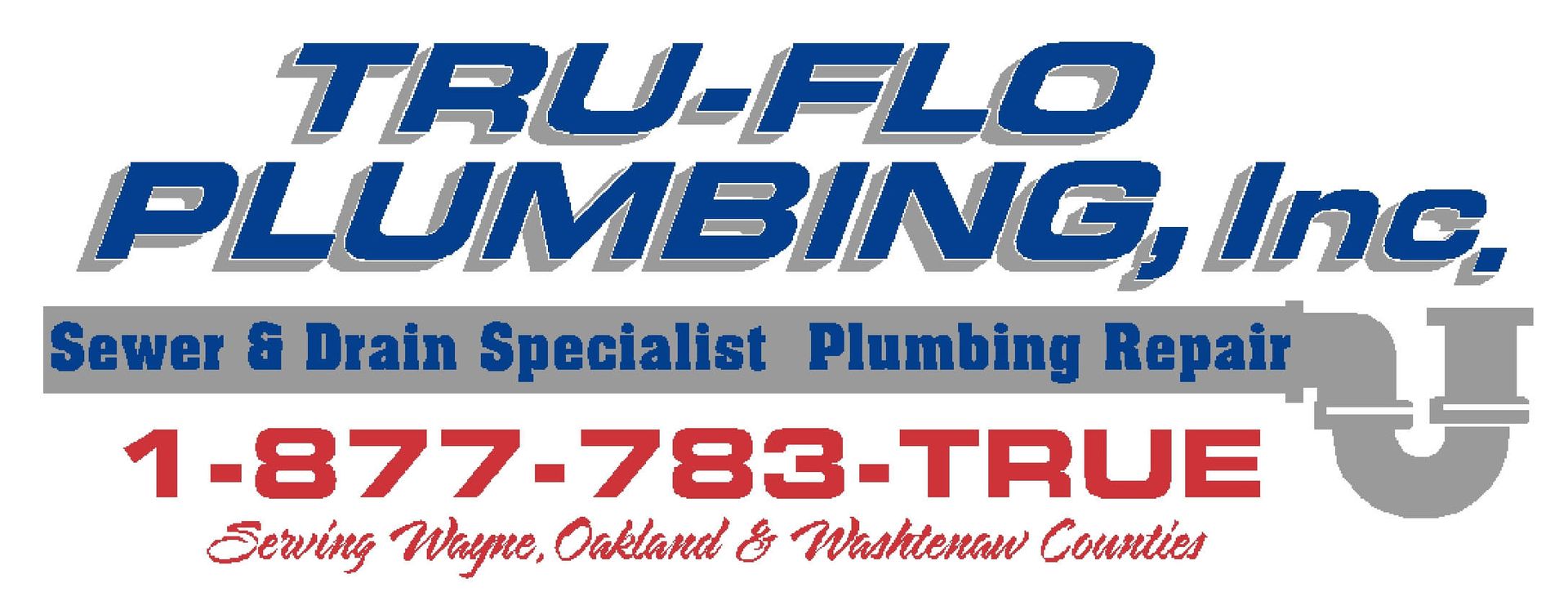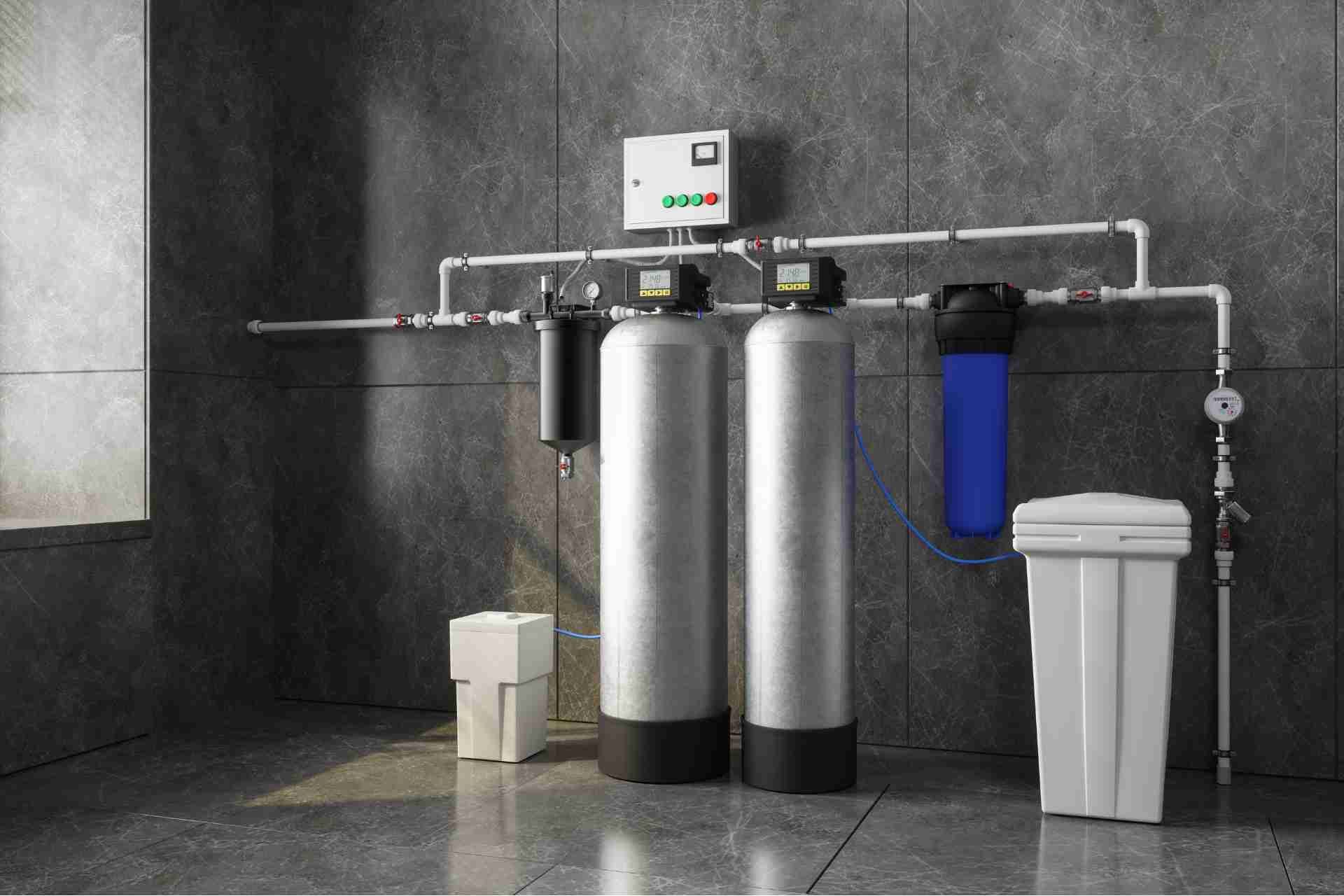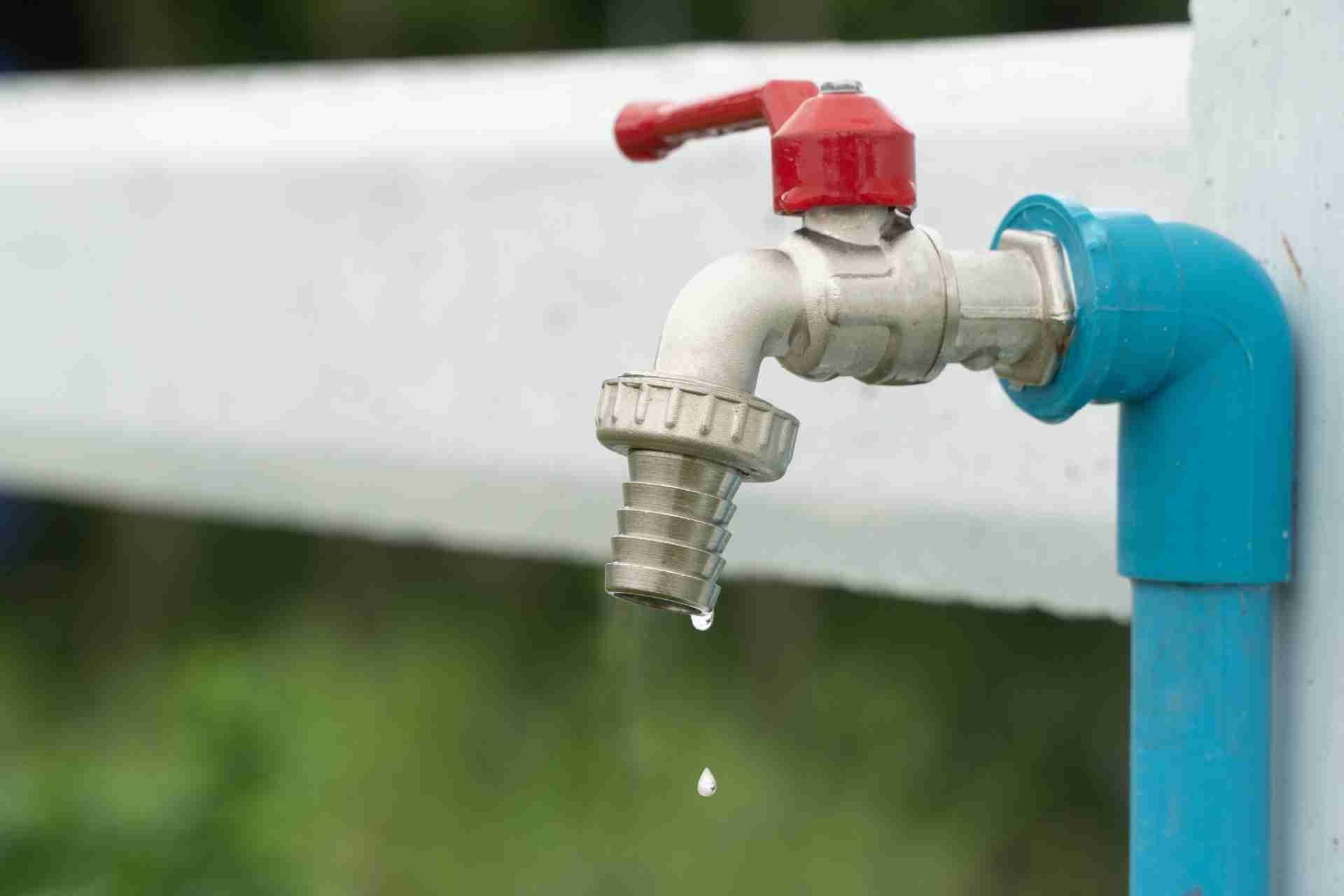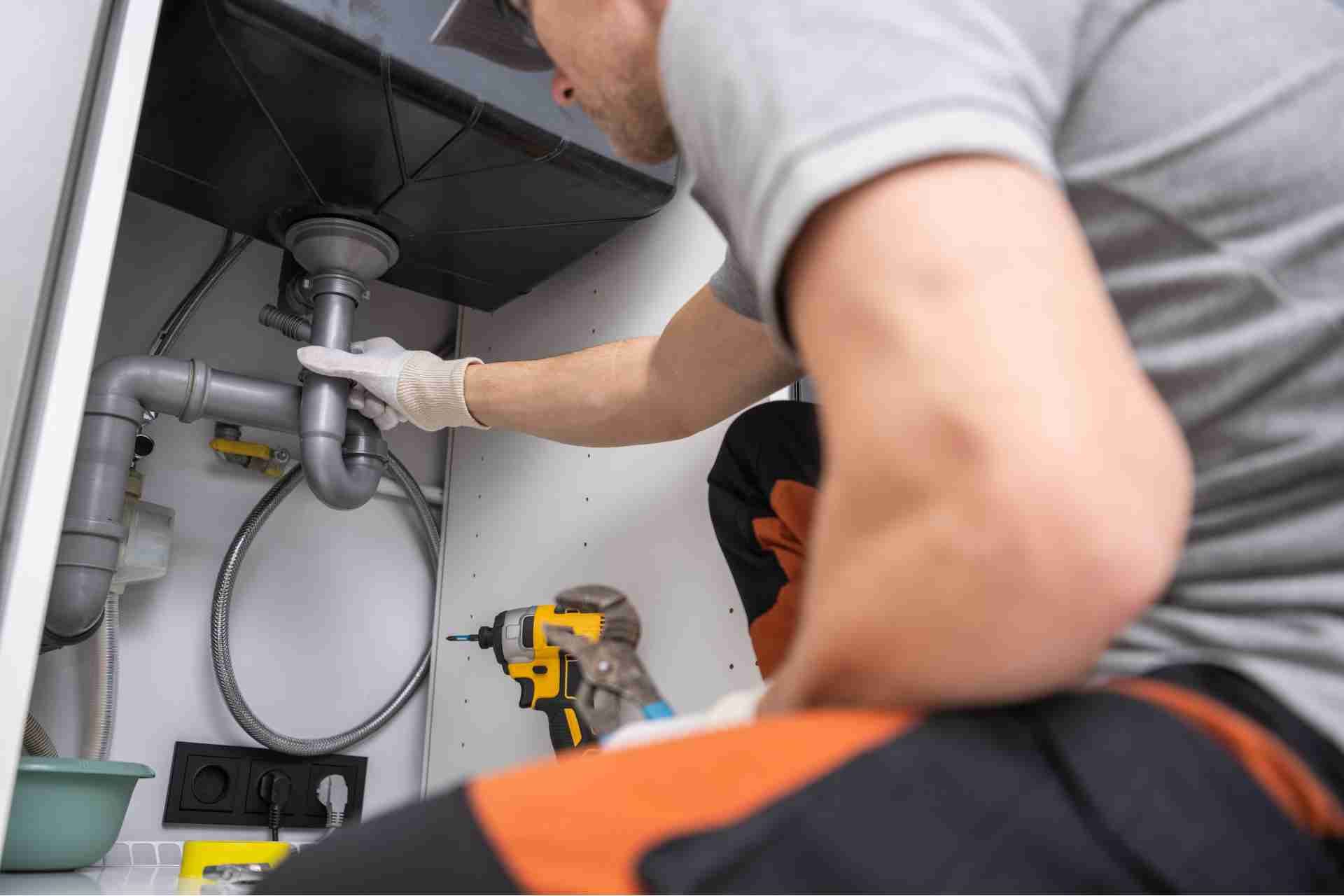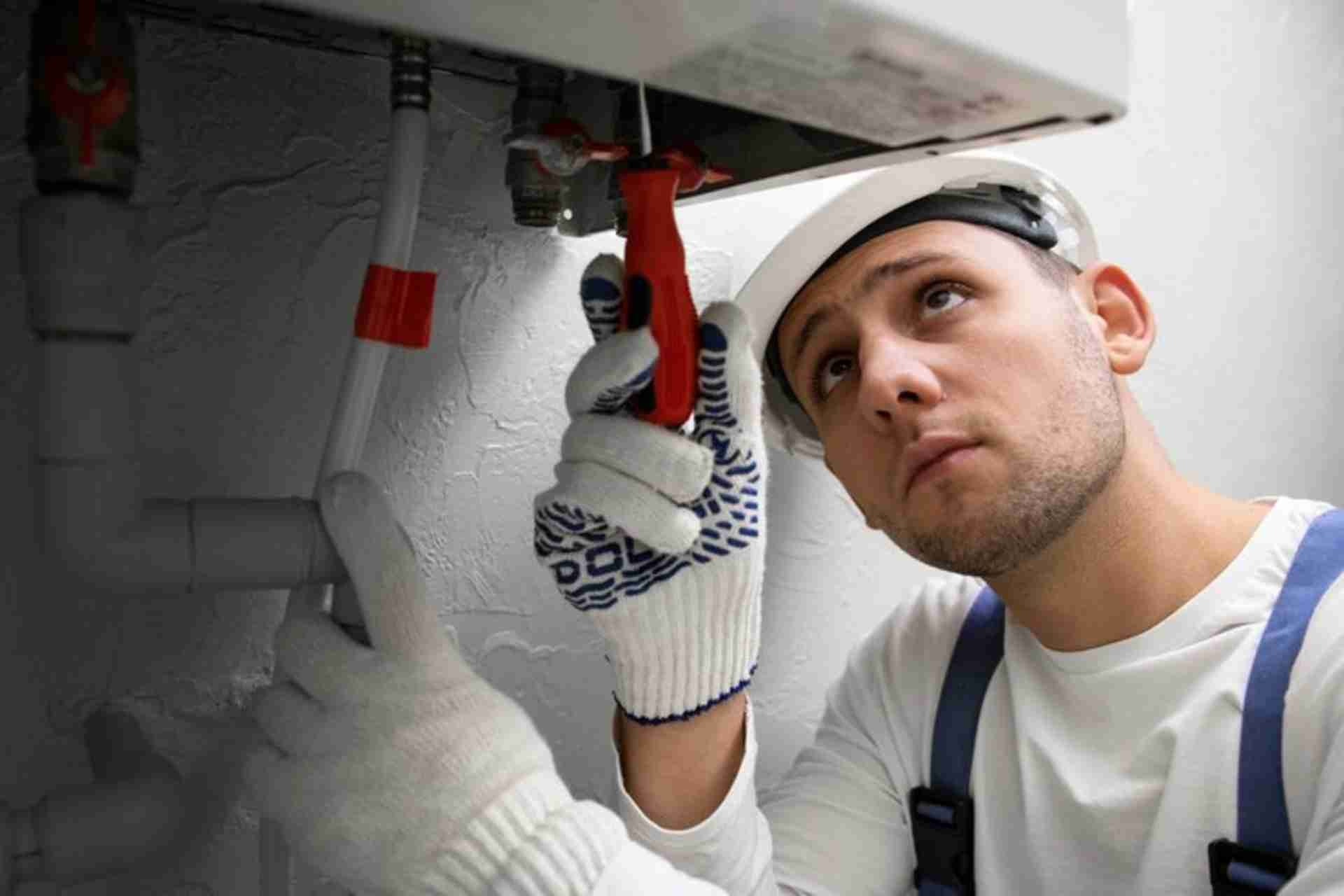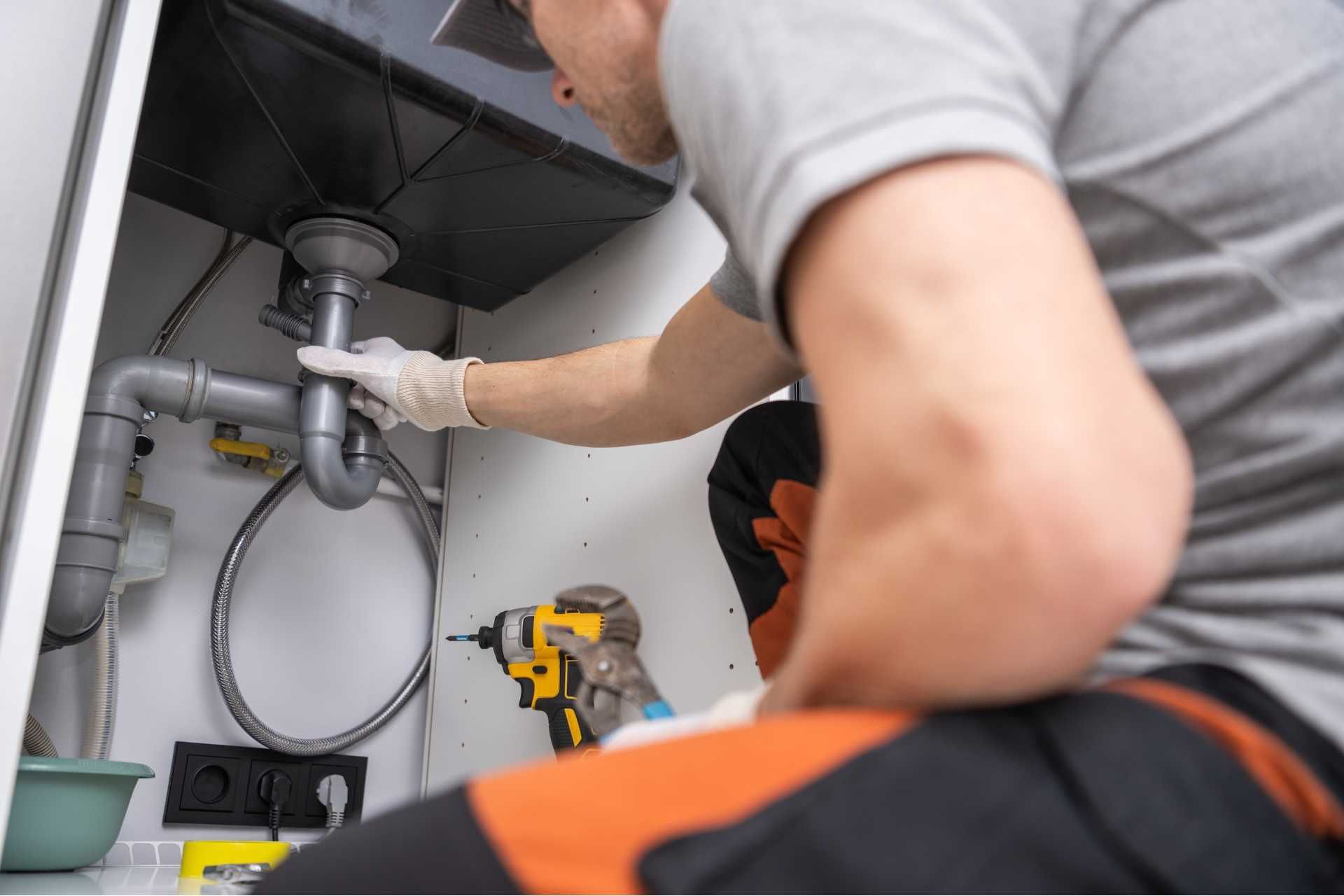Choosing Between Pedestal vs Submersible Sump Pump
Are you facing the challenge of a wet basement or experiencing excess water accumulation in your home? If so, you've likely heard of sump pumps and their ability to effectively remove water from your basement or crawl space.
However, choosing the right type of sump pump can be a daunting task, especially when faced with the decision between a pedestal and a submersible sump pump. Both types have their own advantages and disadvantages, so it's important to understand their differences before making a decision.
Let us compare these two types of sump pumps to help you make an informed decision.
What is a Sump Pump
First, let's discuss what a sump pump is and its importance in preventing water damage. A sump pump is a device installed in the lowest part of your basement or crawl space, referred to as a sump pit. Its primary function is to remove excess water from this area and prevent flooding. When water levels rise, the sump pump kicks into action, pumping the water out and away from your home, keeping your basement dry and reducing the risk of mold and mildew growth.
How Submersible sump Pump works
So, what exactly is a submersible sump pump? Simply put, it is a pump that is designed to be submerged and work underwater. It is typically installed at the lowest point in a basement or crawl space, known as the sump pit. As water accumulates in this pit, the pump automatically activates and pumps the water out through a discharge pipe, away from the building.
A submersible sump pump is designed to remove water that collects in a sump basin or pit, usually located in a basement or crawl space. Its primary function is to prevent flooding and keep the area dry.
How the pedestal sump Pump works
A pedestal sump pump is a type of pump that is designed to remove water from basements or crawlspaces in order to prevent flooding. Unlike a submersible sump pump, which is completely submerged in water, a pedestal pump has a motor that sits above the water level on a pedestal or column.
The pedestal sump pump works by using a float switch to detect the water level in the sump pit. When the water reaches a certain level, the float switch is activated and signals the pump to turn on. The motor then spins an impeller, which creates a centrifugal force that pushes the water towards the side of the pump.
As the water is pushed towards the side, it enters a suction pipe or inlet, which is connected to the bottom of the pump. The water is then drawn into the pump through the suction pipe and is forced out of the pump through a discharge pipe or outlet. The discharge pipe is usually equipped with a check valve that prevents water from flowing back into the sump pit.
Differences Between Pedestal vs Submersible Sump Pumps
1. Installation: Pedestal sump pumps are installed above the sump pit and have a long, narrow shaft that extends down into the water. On the other hand, submersible sump pumps are entirely submerged in the water and installed directly inside the sump pit. The installation of a pedestal sump pump is generally easier and less invasive since it doesn't require excavation. However, if noise is a concern, submersible pumps are typically quieter since they're underwater.
2.
Cost: Pedestal sump pumps are usually less expensive than submersible pumps. This can be an important factor if you're on a tight budget or if your needs aren't extensive. However, it's essential to note that the initial cost doesn't always reflect the long-term value and durability of the pump.
3.
Performance: Submersible sump pumps are known for their higher pumping capacity and efficiency. They are designed to handle larger volumes of water and can operate for longer durations without overheating. Pedestal sump pumps, while still effective, may not have the same level of power and can be less efficient in extreme situations.
4.
Durability: Generally, submersible sump pumps are more durable due to their sealed, watertight construction. Being underwater protects them from potential damage caused by debris, allowing them to last longer than pedestal pumps. However, pedestal sump pumps are easier to access and maintain since they are not submerged.
5.
Space consideration: If you have limited space in your sump pit, a pedestal pump might be a better option due to its smaller size and the fact that it doesn't require as much vertical clearance. Submersible pumps require a larger space to fit within the pit.
Ultimately, the choice between a pedestal and a submersible sump pump depends on your specific needs and preferences. If you have a limited budget, a smaller space, and don't require heavy-duty pumping, a pedestal sump pump might suffice. If you have a larger area to cover, expect heavy water inflow, or prioritize durability, a submersible sump pump is likely your best bet.
Remember to consider factors such as your budget, the size of your sump pit, the volume of water to be pumped, and the noise tolerance level. If you're uncertain about the best option for your situation, it's always wise to consult with a professional plumber or sump pump specialist for expert guidance.
A properly functioning sump pump is a valuable investment for any homeowner, providing peace of mind and protection against damaging water intrusion. So, take the time to assess your needs and make an informed decision when choosing between a pedestal or submersible sump pump.
Hire Professionals for Sump Pump Installation
When it comes to the protection of your basement against flooding and moisture damage,
hiring professionals for
sump pump installation is the best decision you can make. Not only do they possess the necessary knowledge and technical expertise, but they also have the right tools and equipment to ensure a smooth and efficient installation process. By leaving the job to professionals, you can have peace of mind, knowing that your sump pump system will work effectively during heavy rainfalls or unforeseen emergencies, allowing you to enjoy a dry and secure home environment.
